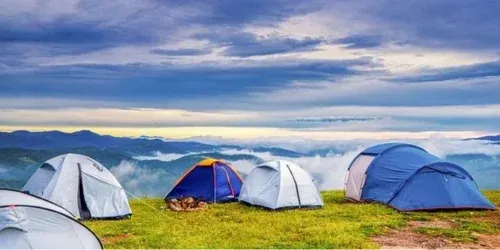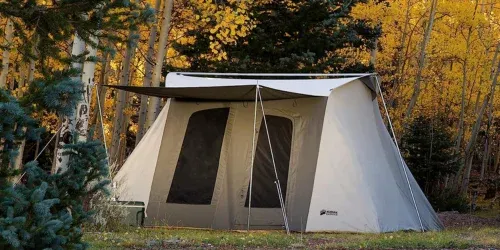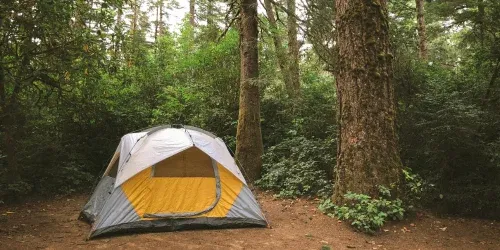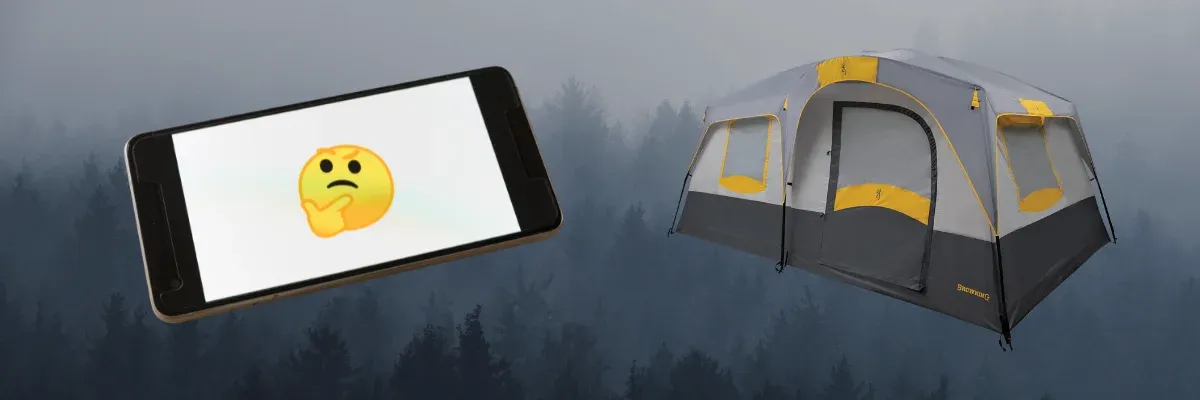When the summer sun is beating down, and you're out in the wilderness, the last thing you want is to be stuck in a sweltering tent. Whether you're a seasoned camper or a weekend warrior, knowing which tent stays the coolest can make all the difference in your outdoor adventure. In this article, we'll explore the various types of tents and their features to help you stay cool all summer long.
Key Takeaways:
- Discover the best types of tents for staying cool during hot weather.
- Learn about the features that contribute to a cooler tent environment.
- Understand the differences between tent materials and designs that affect temperature.

Understanding Tent Ventilation
Ventilation is key when it comes to keeping a tent cool. A tent with ample mesh panels and adjustable vents allows for cross-ventilation, which can significantly reduce the temperature inside. Dome tents often feature a good amount of mesh and can be an excellent choice for airflow. On the other hand, cabin tents, with their straight walls and larger windows, can also offer superior ventilation, especially if they come with options to open sections of the roof or have ground vents.

The Role of Tent Color and Material
The color and material of your tent are crucial factors in determining how hot it will get under the sun. Lighter colors reflect sunlight, while darker colors absorb it, leading to a hotter interior. Canvas tents, although heavier, are known for their breathability and can stay cooler than synthetic materials. However, they may require a longer setup time, which is something to consider if you're frequently on the move.
Dome Tent: A Popular Choice
Dome tents are a popular choice for their balance of space, weight, and ventilation. Their rounded shape allows for air to circulate more efficiently, and they often come with a rain fly that can be removed to expose the mesh underneath, creating an ideal environment for air to flow through during hot nights.
Cabin Tent: Spacious and Ventilated
Cabin tents are another excellent option for staying cool. Their vertical walls and high ceilings not only provide ample living space but also promote better air circulation. Many cabin tents come with large doors and windows that can be opened to create a draft, as well as a mesh roof that can be exposed for stargazing and additional ventilation.

Canvas Tent: The Breathable Option
Canvas tents are renowned for their durability and natural insulation properties. The canvas fabric allows the tent to breathe, reducing condensation and heat buildup. While they may be heavier and require more effort to set up, their coolness in the heat of summer can be worth the extra work.
Three Season Tent: Versatile and Cool
Three-season tents are designed to be used in spring, summer, and fall. They typically have more mesh and less fabric, which makes them cooler in hot weather. These tents are a great compromise for those who need a tent that can handle a variety of conditions while still providing a cooler environment in the heat.
Four Season Tent: Not Just for Winter
While four-season tents are built to withstand harsh winter conditions, they can also be suitable for summer camping if they have adequate ventilation. Look for four-season tents with vents that can be opened in the summer to allow hot air to escape and cooler air to enter.
Choosing the Right Tent for Your Needs
When selecting a tent, consider the climate you'll be camping in, the number of people using the tent, and how much time you'll spend inside it. If you're camping in hot weather and plan to be inside the tent during the day, prioritize ventilation and material above all else.

Tent Placement and Additional Tips
Where you place your tent can also affect its temperature. Setting up in the shade or adding a reflective tarp above your tent can keep it cooler. Additionally, using a portable fan or special cooling mats can further reduce the temperature inside your tent.

Summary
Choosing the coolest tent for your summer adventures comes down to understanding the importance of ventilation, material, and color. Dome tents, cabin tents, and canvas tents are all excellent choices, each with their own benefits. Three-season tents offer versatility, while four-season tents can be adapted for warmer weather. Remember to consider your specific needs and camping conditions when making your selection.

FAQs
Can the color of my tent really make a difference in temperature?
Yes, the color of your tent can significantly affect its internal temperature. Lighter colors reflect sunlight, which can help keep the tent cooler, while darker colors absorb heat.
Are canvas tents hotter than synthetic tents?
Contrary to what some might think, canvas tents are generally cooler than synthetic tents because canvas is a breathable material that allows for better air circulation.
How can I improve ventilation in my tent?
To improve ventilation, choose a tent with ample mesh panels and vents. Position the tent to catch the breeze, open all vents and windows, and consider using a portable fan to increase airflow.









